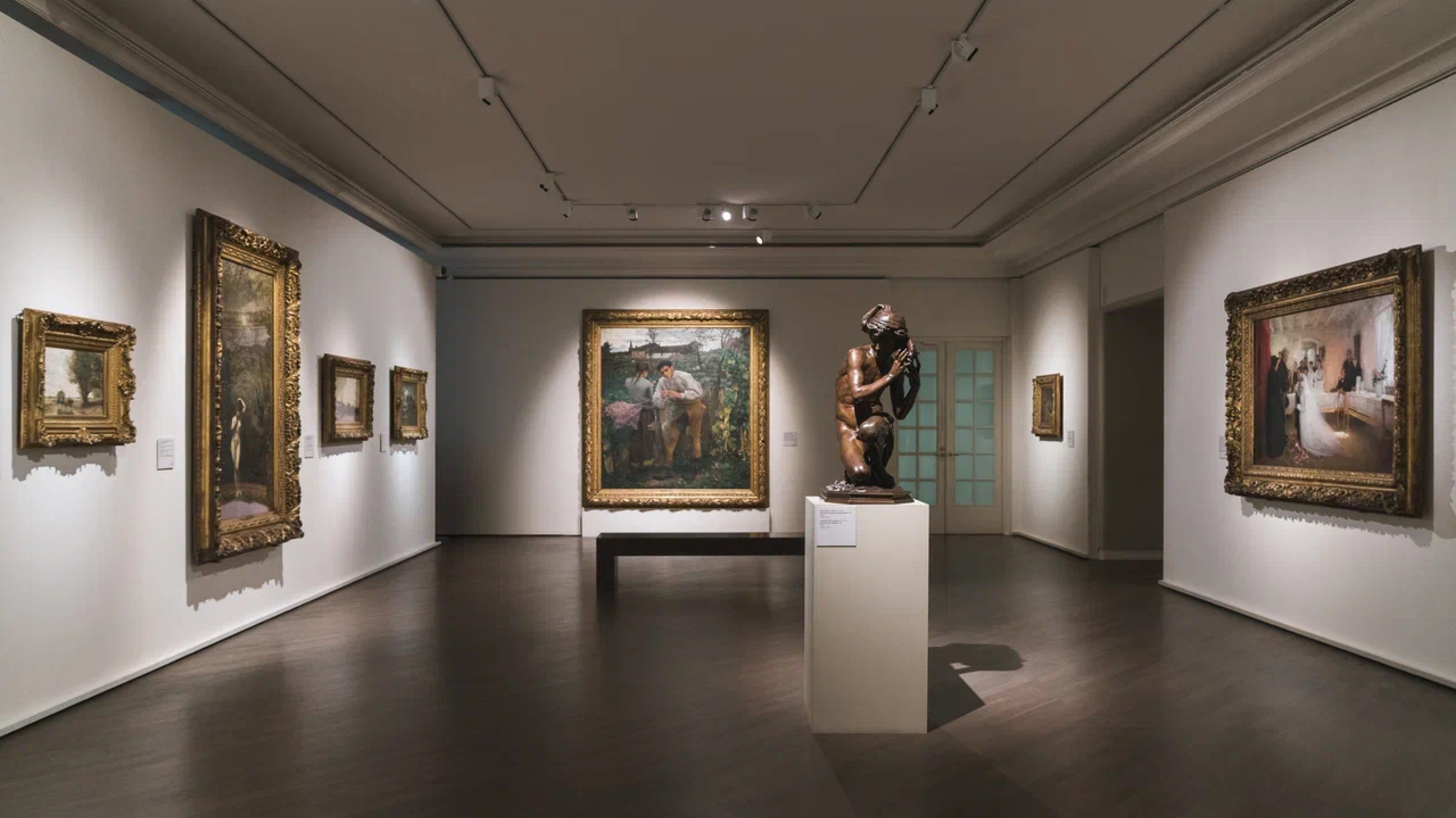- Режим работы музея в новогодние праздники и рекомендации для посетителей
- Режим работы Главного здания в период проведения фестиваля «Декабрьские вечера Святослава Рихтера»
- Перенос лекции абонемента № 14
- Особенности работы касс музея в выходные и праздничные дни
- Изменения в режиме работы залов Галереи
Режим работы музея в новогодние праздники и рекомендации для посетителей / Режим работы Главного здания в период проведения фестиваля «Декабрьские вечера Святослава Рихтера» / Перенос лекции абонемента № 14 / Особенности работы касс музея в выходные и праздничные дни / Изменения в режиме работы залов Галереи
Site versions
Large font • contrasting colors • no pictures
- Geschichte
- Buildings
- Museum Quarter
- Departments
- Branches
- Administration
- Support us
- Documents
- Activity
- General Information
- Contacts
- Vacancies
- Nutzungsbedingungen für Materialien und Bilder
- Für Besucher
- Tickets & Privileges
- Buildings & Opening hours
- Für Besucher
- Rules & Recommendations
- Accessible Museum
- Books and souvenirs
- Virtual Pushkin Museum
- Electronic collections
- Accessibility
- Special
projects - Museum on other web sites
- Video channel
- Podcasts
- Audioführer
- Games and quiz
- 3D-reconstruction and modeling
- Virtual Exhibitions in Navigator4D format
- Smart Museum 3D
- Pushkin Museum XXI
- Контексты. Фотографы о себе и фотографии
-
Achtung
- Режим работы музея в новогодние праздники и рекомендации для посетителей
- Режим работы Главного здания в период проведения фестиваля «Декабрьские вечера Святослава Рихтера»
- Перенос лекции абонемента № 14
- Особенности работы касс музея в выходные и праздничные дни
- Изменения в режиме работы залов Галереи
- Museum
- Für Besucher
- Ausstellungen
- Sammlungen
-
Medien
- Virtual Pushkin Museum
- Electronic collections
- Accessibility
- Special
projects - Museum on other web sites
- Video channel
- Podcasts
- Audioführer
- Games and quiz
- 3D-reconstruction and modeling
- Virtual Exhibitions in Navigator4D format
- Smart Museum 3D
- Pushkin Museum XXI
- Контексты. Фотографы о себе и фотографии
- Education & Science
Large font • contrasting colors • no pictures
© Staatliches Museum für Bildende Künste A.S. Puschkin

